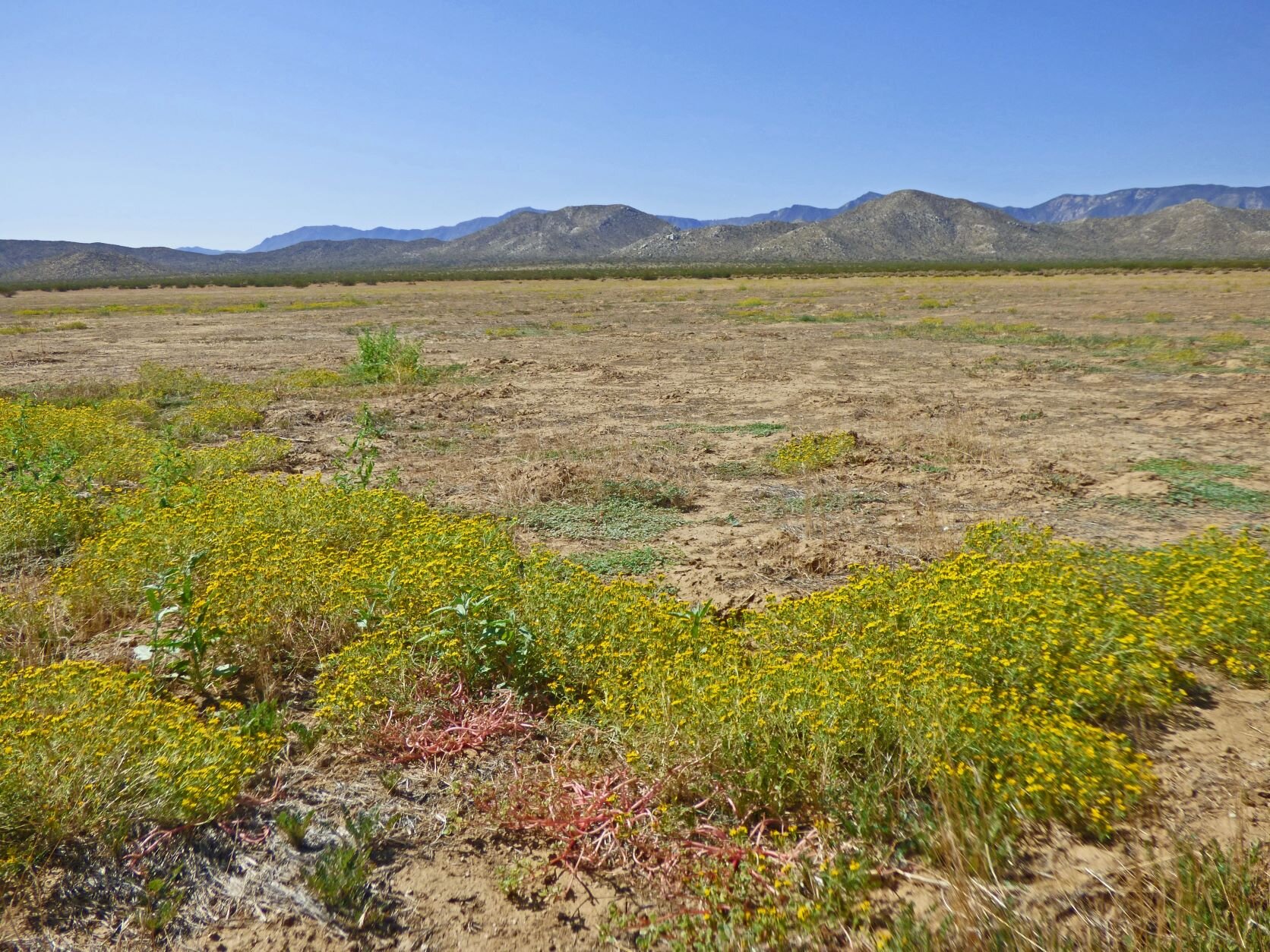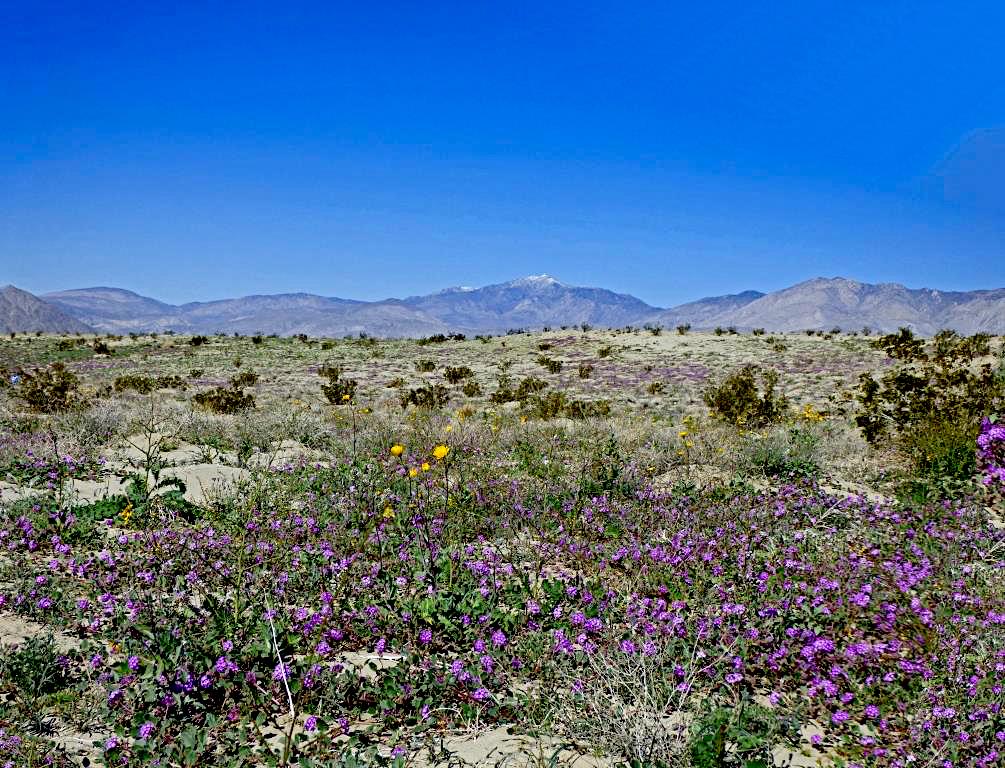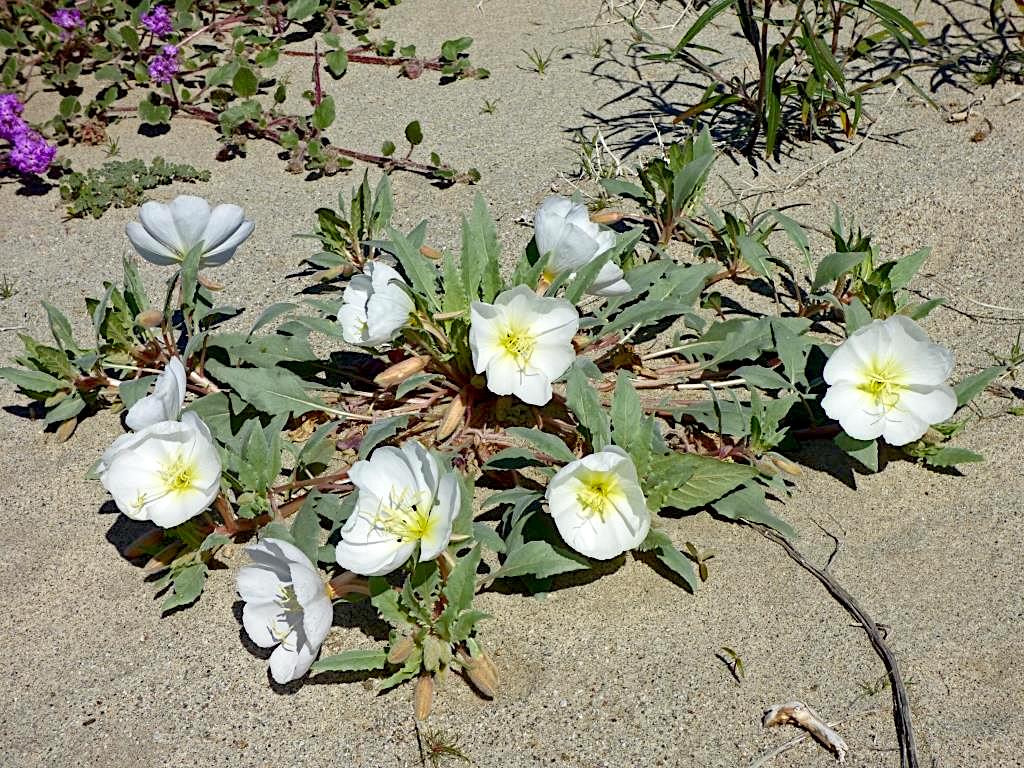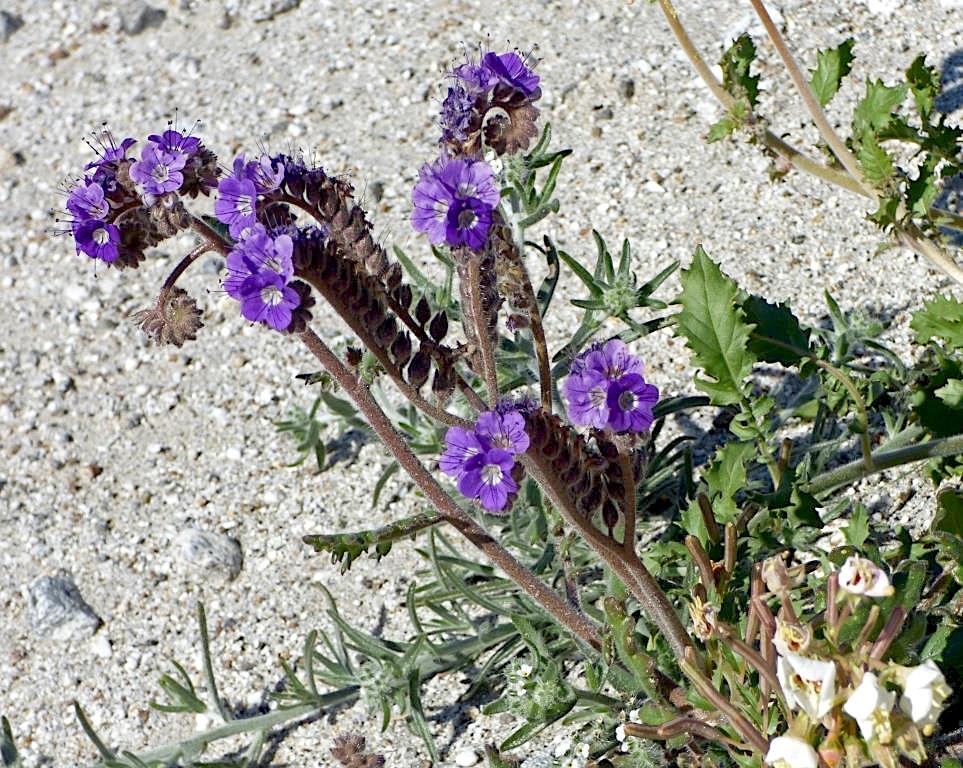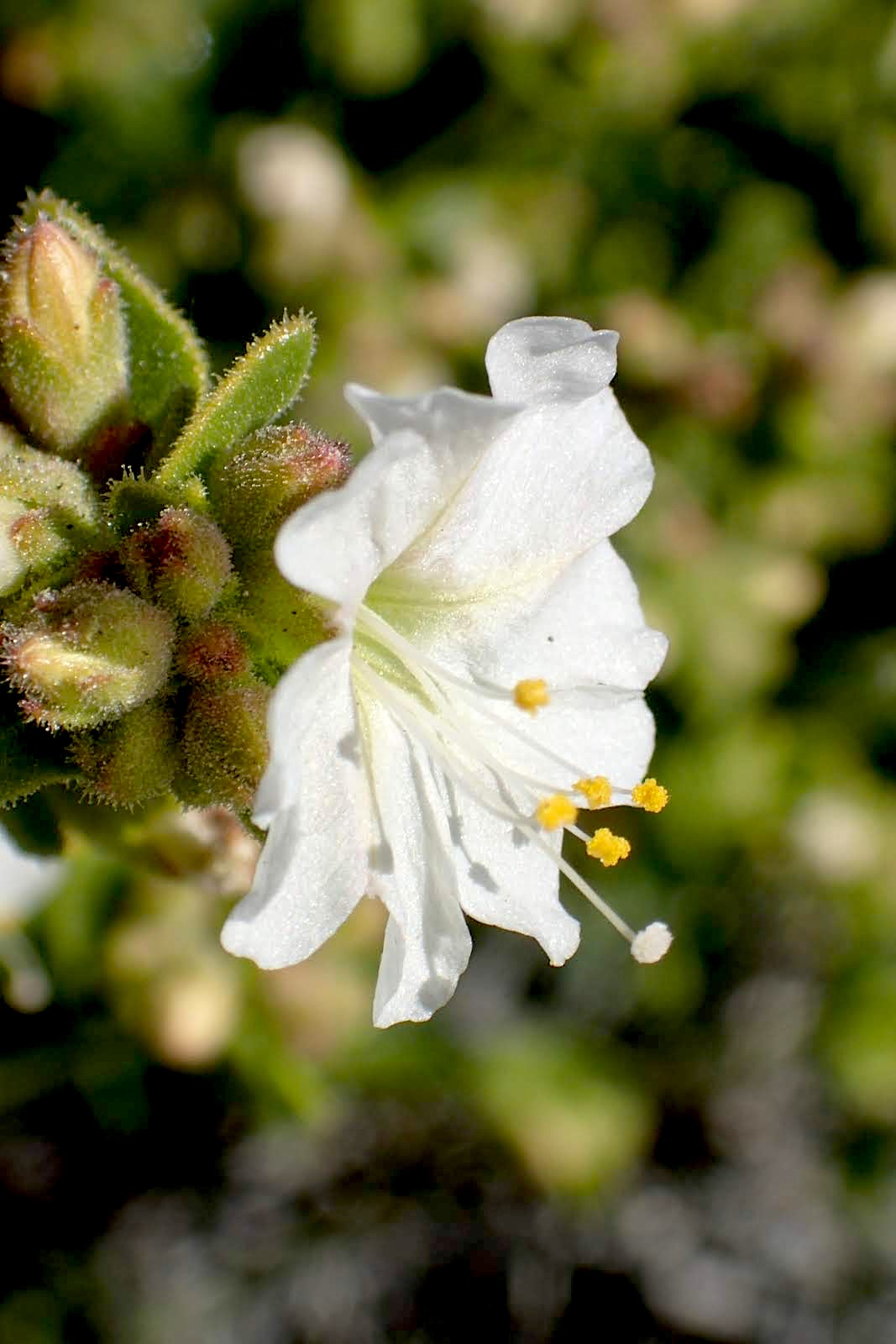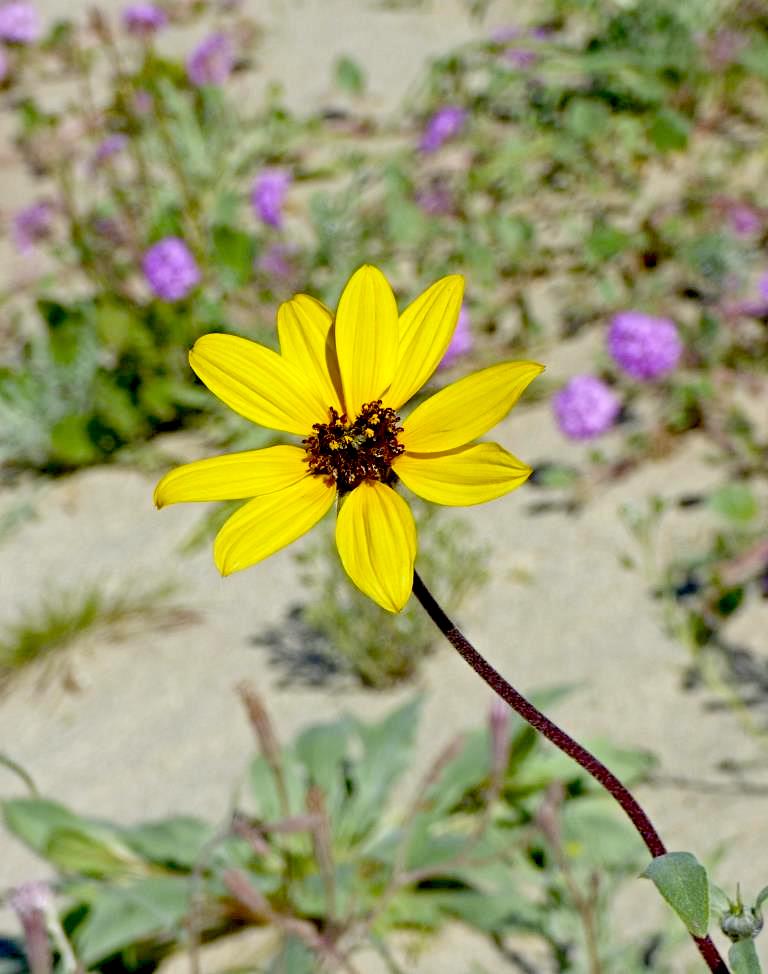Lee Gordon and Steve Miller documented the wildflower and perennial blooms on Saturday morning walks during February and March in this area. Here is a selection of their photos.
View fullsize
![Fremont's Star Lily (Toxicoscordion fremontii) PC: Lee Gordon]()

Fremont's Star Lily (Toxicoscordion fremontii) PC: Lee Gordon
View fullsize
![Sun Cups (Camissoniopsis bistorta) PC: Lee Gordon]()

Sun Cups (Camissoniopsis bistorta) PC: Lee Gordon
View fullsize
![Common Fiddleneck (Amsinckia intermedia) PC: Steve Miller]()

Common Fiddleneck (Amsinckia intermedia) PC: Steve Miller
View fullsize
![Owl's Clover (Castilleja exserta) in foreground PC: Steve Miller]()

Owl's Clover (Castilleja exserta) in foreground PC: Steve Miller
View fullsize
![Ground Pinks (Linanthus dianthiflorus) and Owl's Clover (Castilleja exserta) PC: Lee Gordon]()

Ground Pinks (Linanthus dianthiflorus) and Owl's Clover (Castilleja exserta) PC: Lee Gordon
View fullsize
![White Bark Ceanothus (Ceanothus leucodermis) against a hill of California Poppy PC: Steve Miller]()

White Bark Ceanothus (Ceanothus leucodermis) against a hill of California Poppy PC: Steve Miller
View fullsize
![Yellow Bush Snapdragon (Keckiella antirrhinoides) PC: Lee Gordon]()

Yellow Bush Snapdragon (Keckiella antirrhinoides) PC: Lee Gordon
View fullsize
![California Gillia (Gillia achilleifolia) in foreground PC: Steve Miller]()

California Gillia (Gillia achilleifolia) in foreground PC: Steve Miller
View fullsize
![Miniature Lupine (Lupinus bicolor) PC: Lee Gordon]()

Miniature Lupine (Lupinus bicolor) PC: Lee Gordon
View fullsize
![Parry's Phacelia (Phacelia parryi) PC: Steve Miller]()

Parry's Phacelia (Phacelia parryi) PC: Steve Miller
View fullsize
![Widethroat Yellow Monkeyflower (Diplacus brevipes) PC: Lee Gordon]()

Widethroat Yellow Monkeyflower (Diplacus brevipes) PC: Lee Gordon
View fullsize
![Coulter's Snapdragon (Antirrhinum coulterianum) PC: Lee Gordon]()

Coulter's Snapdragon (Antirrhinum coulterianum) PC: Lee Gordon
Banner photo: Phacelias, Poppies, and a few Collared Lupines, Lee Gordon



